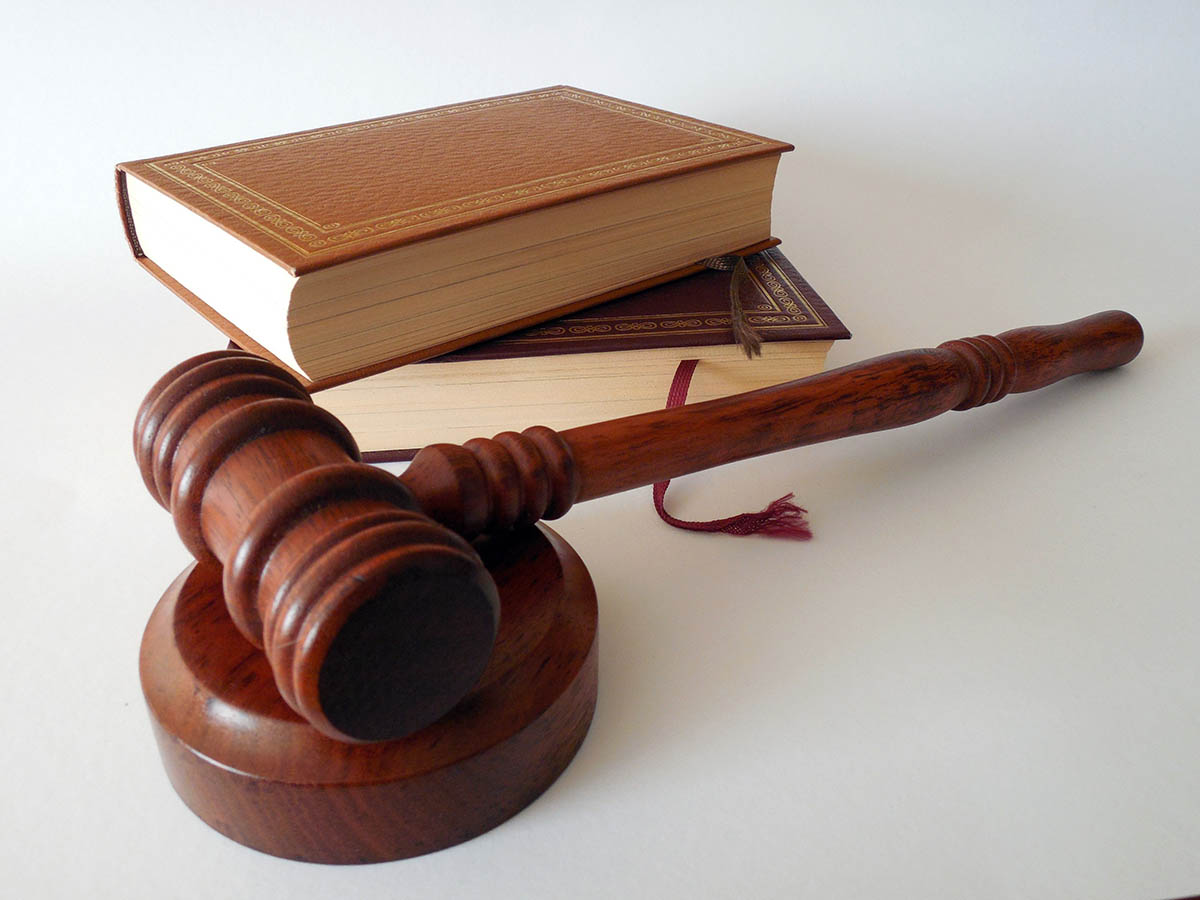External walls and roof of an apartment building are jointly owned property
The standard regulations for co-owned buildings set out in the Annex to the Immovable Property Law, Cap.224, determine the proportion belonging to each unit, the percentage of votes to which each owner is entitled, as well as the share of the maintenance costs of the jointly owned property that each owner is responsible for.
They also determine the rights and obligations of owners or occupiers of units and provide that they may not be used for any unlawful purpose, nor any part of the common property in a manner that affects its appearance, aesthetics or the undisturbed use of it by owners, licensees, tenants or occupiers of the other units of the jointly owned building.
In addition, they provide that no owner or occupier of a unit may make any alteration that adversely affects the rights of the owner of any other unit, nor interfere with its development or in any way affect the common property, the smooth operation or enjoyment of it or affect the walls supporting it and the external walls. They are also not allowed to endanger the security of the building in any way, nor change its external appearance.
The management committee may act on behalf of and for the owners of the units, is responsible for enforcement of the regulations and has the power and obligation determined by Part IIA of the Law Cap.224 and to perform the duties specified by or pursuant to them.
Trespass on jointly owned property
Article 38F (1) of the law provides that jointly owned property in a building is owned, held and enjoyed by all the owners of the units in undivided ideal shares, according to the proportion determined in the law.
An issue was raised before a court of appeal by a management committee that believed the court of first instance erroneously dismissed its action against a unit owner for trespass on jointly owned property, who, among other things, built a wooden staircase on an exterior wall of an apartment building starting from the balcony of his apartment and leading to the roof, occupying commonly owned roof space.
The trial court received the testimony given by the management committee and the title deed of the apartment, attached to the testimony of the owner of the apartment, but dismissed the action saying no testimony was submitted to prove what part of the building the roof was.
Decision of the court of appeal
The court of appeal in its decision in C.A.181/19, dated July 10, ruled that from the title deed that the appellant submitted together with his affidavit, it appeared that the apartment building was registered as a jointly owned building and the appellant was the owner of a unit in a jointly owned building, that is, of his apartment.
The roof, as long as it is not registered on the title deed as a unit, is jointly owned property. Therefore, it belongs per percentage to the owners of the units, according to the proportion determined in article 38Θ of the law.
There was no need for any other testimony; the respondent’s share in the jointly owned property amounted to 2.25 per cent. If part of the commonly owned property had been granted to the respondent for his exclusive use, then this would be specifically stated in the title deed.
The court ruled that the construction of the wooden staircase on the outer wall of the apartment building, constituted trespass due to the fact that the outer walls of jointly owned property are jointly owned. The court of first instance erred in not considering whether the wooden staircase in any way affected the communal building or the external walls, or endangered safety in any way, although it accepted the position of the management committee based on the civil engineer’s report that the wooden ladder was improperly constructed and posed hazards.
The court accepted the appeal, set aside the first instance decision, issued a recognition decision that the behaviour of the appellant constituted illegal trespass on the jointly owned and/or common areas of the building and an order prohibiting the respondent from interfering with them. He was ordered within 10 days of service of the court order to demolish the staircase he built and to pay €50 in nominal damages and all costs.
George Coucounis is a lawyer specialising in Immovable Property Law, based in Larnaca. E-mail: [email protected], tel: 24818288







Click here to change your cookie preferences